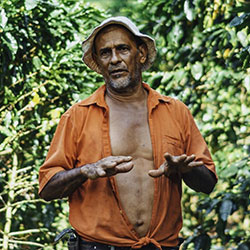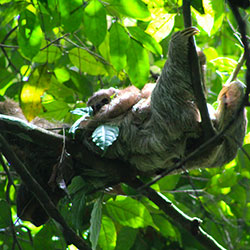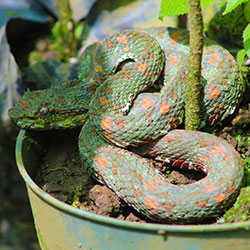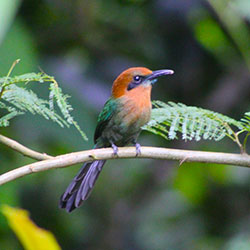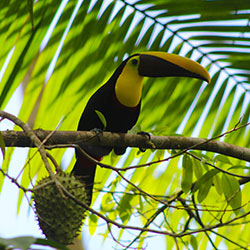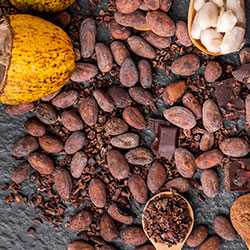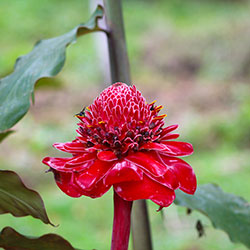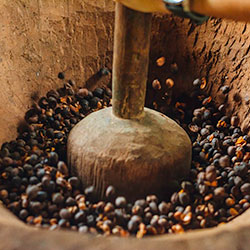Clay-colored Thrush (Yigüirro)
Clay-colored Thrush (Yigüirro)
When one thinks of exotic birds, vibrant plumage and striking patterns often come to mind. However, the clay-colored thrush, with its unassuming brown feathers, proves that beauty lies beyond the superficial. This small, unadorned bird holds a special place in the hearts of Central Americans, particularly Costa Ricans, who have crowned it their national bird.
Locally known as the “Yigüirro,” the clay-colored thrush is celebrated for its enchanting song, a melodious cascade of notes that fills the air, especially during the breeding season. This cheerful melody is often associated with the arrival of the rainy season, making the Yigüirro a symbol of hope and renewal.
Despite its plain appearance, the clay-colored thrush plays a vital role in the ecosystem, helping to disperse seeds and control insect populations. Its adaptability allows it to thrive in a variety of habitats, from forests and gardens to urban areas.
For birdwatchers, the Yigüirro presents a delightful challenge. Its subtle coloration provides excellent camouflage, making it a test of observation skills. However, the reward of spotting this elusive bird and hearing its beautiful song is well worth the effort.
The clay-colored thrush reminds us that true beauty lies in the details, in the melodies that fill the air and the quiet resilience of a species that thrives amidst the vibrant tapestry of life. So, next time you find yourself in Central America, keep an ear out for the enchanting song of the Yigüirro, a testament to the unassuming charm of nature’s creations.
